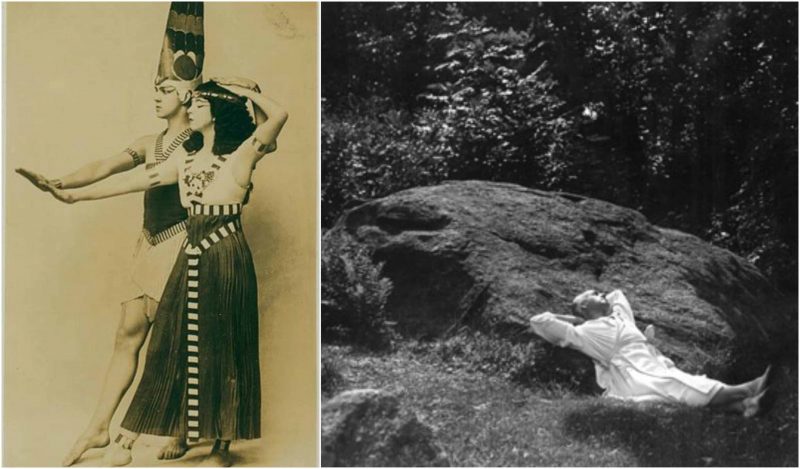Ted Shawn was an American dancer who challenged Western social stereotypes about male dancers. He was entirely devoted to the art of dance as a form that could be integrated into everyday life. With his wife Ruth St. Denis, also a pioneer of modern dance, Shawn established the Denishawn School of Dancing and Related Arts in Los Angeles in 1915. Later, he also founded Jacob’s Pillow, a dance center and school and performance space located in Becket, Massachusetts.
Edwin Myers Shawn was born in 1891, and in his early years, with the ambition of becoming a minister, the boy went on to study religion at the University of Denver. However, after a few months, at the age of 19, Shawn caught diphtheria, which resulted in temporary paralysis from the waist down. As part of his physical therapy, Shawn was introduced to the art of dance by Hazel Wallack, a former dancer with the Metropolitan Opera. Once back to full physical health, Shawn moved to Los Angeles in 1912 and became part of an exhibition ballroom dance troupe.
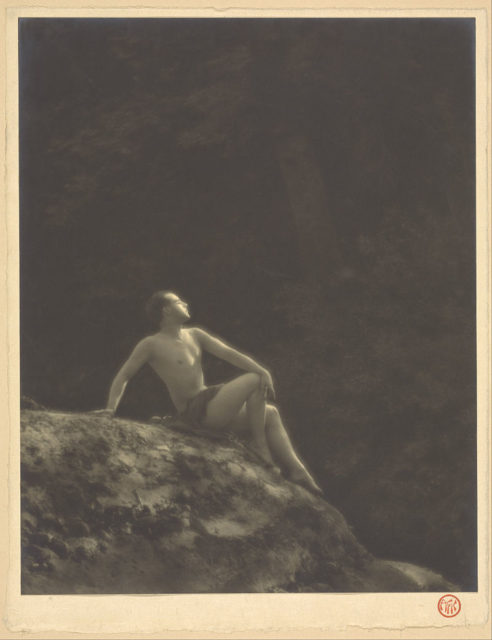
It was only two years later that he would meet Ruth St. Denis after he moved to New York. She was 12 years his senior and already an established artist, famous for her “mystic and orientalist” style. She was deep into Asian philosophies and believed that dance was a spiritual expression. The pair were married within two months of meeting and together they would become an inspired dancing couple. Denis had a significant creative influence on her husband. They both believed in the potential of dance as an art form and had very innovative artistic visions.
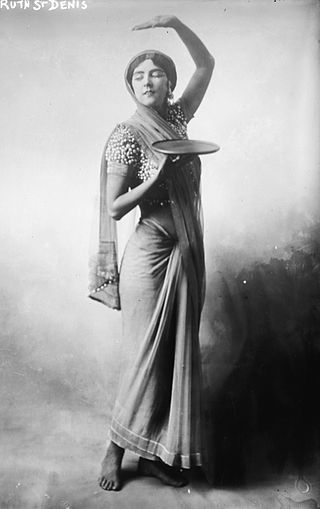
Shawn had some business knowledge that helped the couple in the opening of the first Denishawn School in 1915, which became the first dancing academy of its kind in the States. Through this school, many young talents had the opportunity of becoming professional dancers. Ruth and Ted’s philosophy was that dancing was not only an acrobatic skill but rather a combination of the body, mind, and spirit.
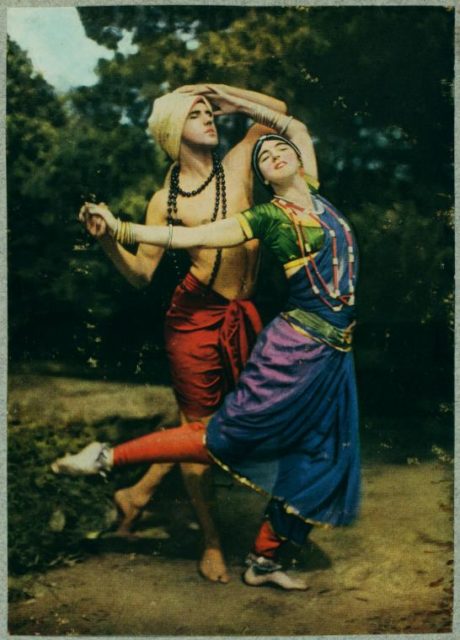
During the 17-year run of the Denishawn center, Shawn choreographed many performances, some of the most notable of which were “Invocation to the Thunderbird” in 1917; “Julnar of the Sea, Xochitl” in 1920, performed by Martha Graham; “Danse Americaine,” solo performance by Charles Weidman in 1923; “Les Mysteres Dionysiaques”; and many others. The Denishawn school was the place where talents such as Graham and Weidman were discovered and where their careers blossomed.
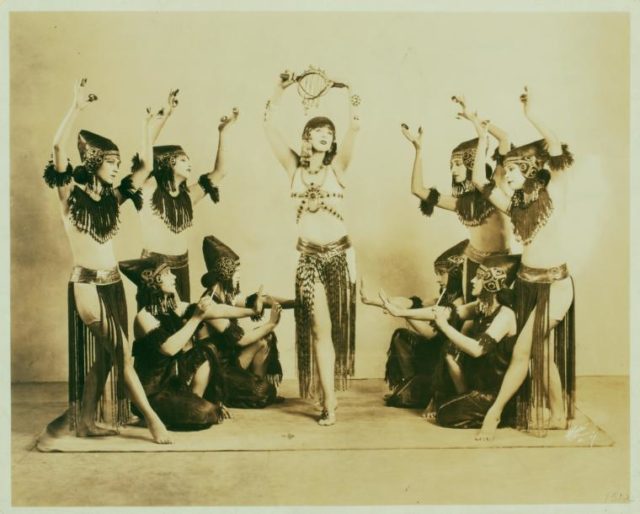
In the early 1930s, due to financial difficulties and marital problems, Shawn and Denis closed the Denishawn school and in 1931, Shawn purchased a farm in Becket, Massachusetts, where he established Jacob’s Pillow, an all-male dancing company. His idea was to bring an awareness to the art of dance specifically as a male dancer and to break the stereotypes about men in the art. In 1933, Ted Shawn and His Men Dancers performed their premier dance at the farm that would later become the site of the Jacob’s Pillow Dance Festival.
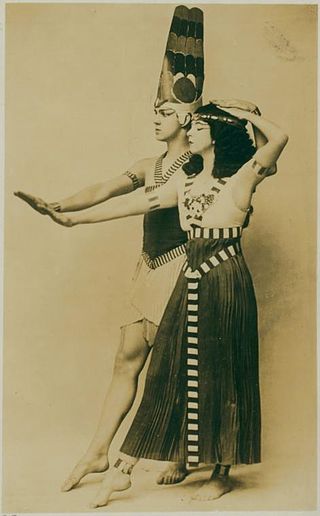
Shawn was very creative and his choreographies were the most innovative and controversial to date. His most famous ones were “Maori War Haka,” “Ponca Indian Dance,” “Hopi Indian Eagle Dance,” “Sinhalese Devil Dance,” “Kinetic Molpai,” and “Dyak Spear Dances.” Soon, the men being on stage, their movements choreographed by Shawn, gained a lot of popularity, and the company started performing all around the U.S. and Canada, as well as London and Havana. The group performed their final dance in 1940, on Shawn’s farm. During this time, he also established the School of Dance for Men for the purpose of promoting men in dance.
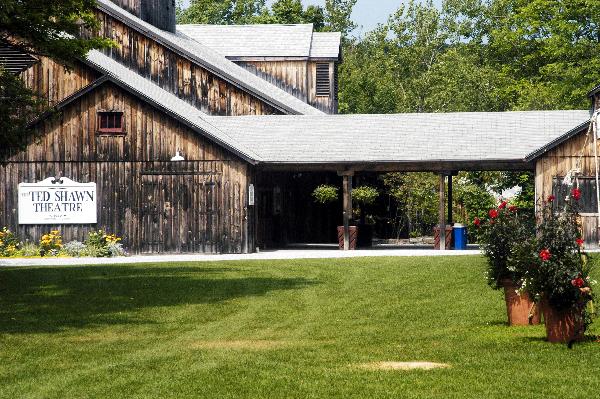
Shawn loved the relationships established among the men in the company, and he himself slowly fell in love with one of the members, his muse, Barton Mumaw. The two had a relationship for 17 years, from 1931 until 1948. Mumaw established a great career in the dance industry and was called “the American Nijinsky.” While he was in a relationship with Shawn, Mumaw started another relationship with the stage manager John Christian. Later, Christian and Shawn would form a partnership that would last until Shawn’s death in 1972.
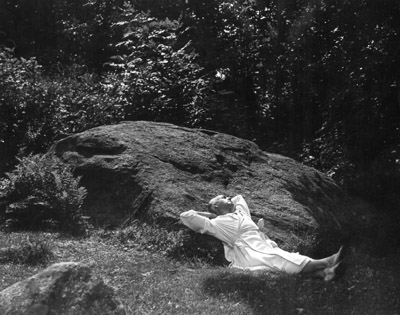
Shawn never gave up dancing, and it remained his passion and way of living until his death. His final stage performance was in his theater at Jacob’s Pillow in “Siddhas of the Upper Air,” where he appeared with St. Denis to commemorate their 50th anniversary. After that, he continued teaching classes at Jacob’s Pillow until a few months before he died at the age of 80. He was given the Heritage Award by the National Dance Association in 1965.
His dance school and theater are today home to the National Museum of Dance, which is the only museum dedicated to professional dance in the United States.
